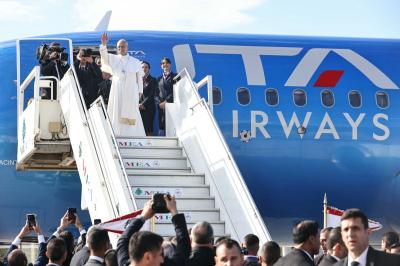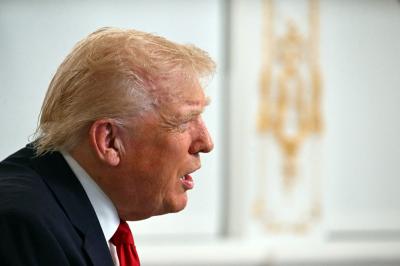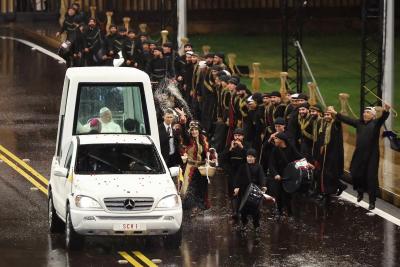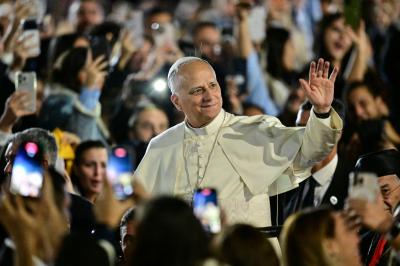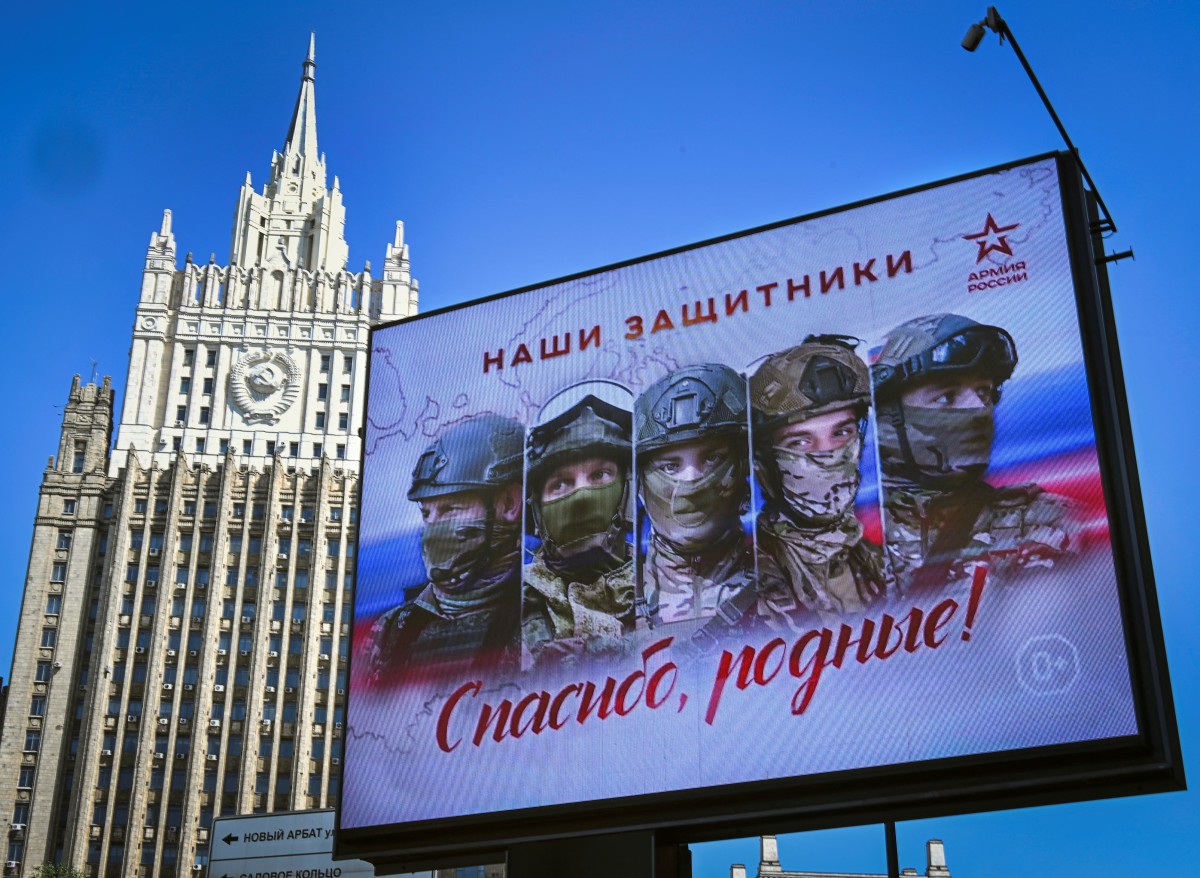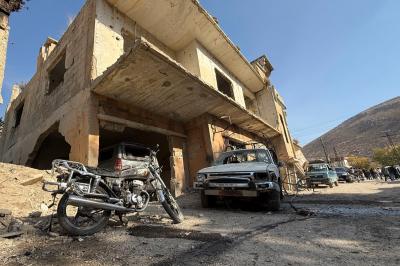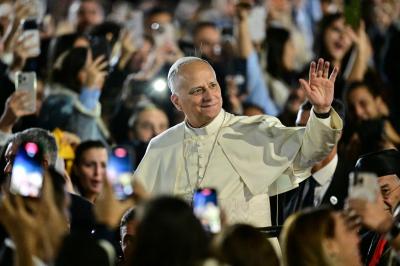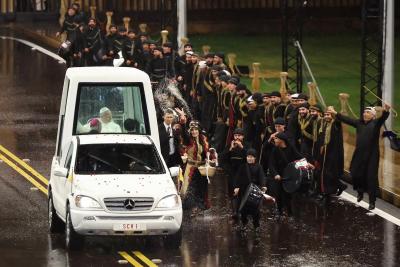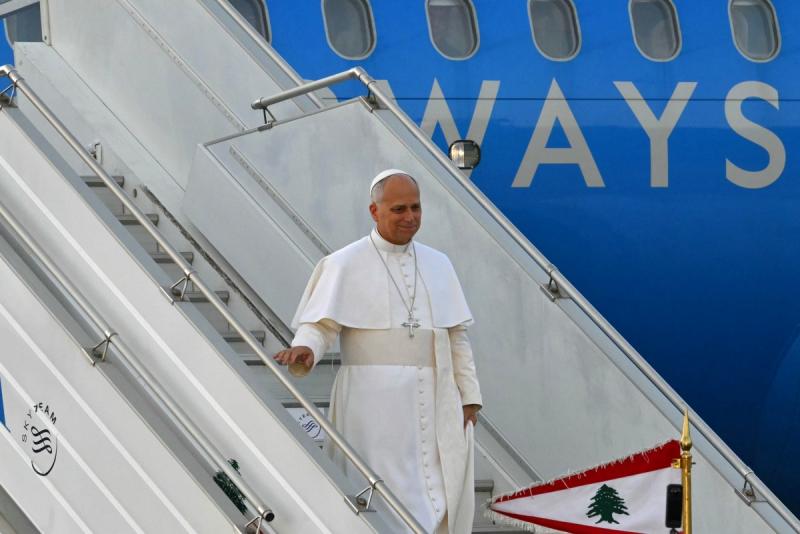On May 9, Russian President Vladimir Putin commemorated Victory Day, marking the Soviet triumph over Hitler in 1945. Former U.S. President Donald Trump, however, did not join the celebration. Instead, he asserted that the victory belonged to America. Let historians from both camps settle that dispute.
Putin’s ceremony featured guests from the “Global South,” a group he referred to as the “global majority,” with Chinese President Xi Jinping leading the delegation. The symbolism of the event, bolstered by a massive military parade, was clear: Russia is not isolated.
On May 10, the European Union issued what it described as a final ultimatum to Russia: agree to a 30-day unconditional ceasefire or face a fresh wave of sanctions and a ramped-up supply of advanced weapons to Ukraine. The Kremlin’s response was blunt: “Moscow does not respond to ultimatums.” Rather than concede, Putin called for a resumption of direct negotiations with Ukraine in Istanbul—mirroring the talks held in March 2022 before they were abruptly aborted.
Amid this diplomatic deadlock, U.S. President Joe Biden is attempting to revive a peace process, motivated less by concern for Ukraine than by the desire to score a major international breakthrough and build on perceived successes in the Gulf. But Biden is hemmed in by hawks in Washington and hardline European allies unwilling to compromise, while facing an unyielding Moscow that continues to demand expansive territorial gains.
Former President Trump recently held a two-hour phone call with Putin. The conversation revealed that Trump’s pressure on Kyiv—via threats to cut military and intelligence support—was more impactful than any sway he might hold over Moscow. The Kremlin issued a statement reaffirming its unchanged position, showing no signs of flexibility.
Moscow remains firm in its demand for full international recognition of the annexation of four Ukrainian regions: Donetsk, Luhansk, Zaporizhzhia, and Kherson. This goes beyond military control—Russia views sovereignty as something that can be negotiated once battlefield objectives are achieved. In its view, making concessions now would signal defeat.
Putin dismissed the EU's proposed 30-day ceasefire, arguing that Ukraine would use the pause to rearm, retrain, and recruit troops. He insisted that the “deep roots” of the conflict must be addressed. Nonetheless, both he and Trump reportedly agreed to initiate immediate peace talks.
Meanwhile, Ukrainian President Volodymyr Zelensky—the central figure in the conflict—welcomed any diplomatic efforts but emphasized the need to halt Russian attacks. European leaders, feeling sidelined from the negotiation table, expressed growing unease. In response, Germany, France, and Poland revived the "Weimar Triangle," a diplomatic initiative re-established in Berlin on March 15, 2024, to coordinate Europe's response to the crisis.
As diplomatic and military tensions mount, a notable shift is occurring within Russia itself. Public opinion, increasingly weary of a war with no end in sight, is warming to Biden, viewing him as a man of peace and a friend to Russia. This sentiment now represents roughly 20% of the population, calling for an end to the war.
Hopes are pinned on securing a peace treaty before the economic situation deteriorates further. But the world stands on the edge of two dangerous precipices: either Trump succeeds in halting European arms supplies to Ukraine, or he convinces his “friend” Putin to relinquish some occupied territories and end the war. At this point, both scenarios seem unrealistic.
NATO and Ukraine’s Military Status — Europe’s Strategic Initiatives
On the battlefield, with the U.S. scaling back its financial and military support for Ukraine, significant developments have emerged in Europe’s efforts to rearm Ukraine under NATO’s strategic umbrella amidst ongoing geopolitical tensions.
The European Union has approved a €150 billion loan program for joint weapons procurement and defense sector investment. This initiative enables member states to borrow funds to collectively purchase arms and strengthen Europe’s defense industry. Key provisions require at least 65% of components to come from approved countries, including Ukraine, and prioritize contracts with EU-based weapons manufacturers.
As part of a broader strategic defense agenda dubbed the “Readiness Initiative 2030,” proposed by European Commission President Ursula von der Leyen, Europe aims to fortify its military capabilities to counter emerging threats. The plan seeks to mobilize up to €800 billion to upgrade defense infrastructure and reduce dependency on the United States.
According to The Wall Street Journal, Ukraine’s domestic weapons production has surged dramatically—from $1 billion in 2022 to an anticipated $35 billion over three years. Ukraine now manufactures nearly 40% of its frontline weapons, including most drones and electronic warfare tools. Notably, over 20 howitzers are being produced monthly, with 85% of components locally sourced.
Ukraine has also attracted Western defense companies to set up production facilities within its borders. A German firm, for instance, plans to build at least four factories specializing in artillery shells, military vehicles, gunpowder, and anti-aircraft weapons. Meanwhile, Norway has allocated five billion Norwegian kroner to help meet Ukraine’s ammunition needs.
It is now evident that Europe is rebuilding its military arsenal under NATO’s pretext of supporting Ukraine. Still, the majority of European countries—excluding France, Germany, Poland, Norway, and the UK—remain cautious and skeptical about whether NATO’s rearmament truly promotes geopolitical stability or peace with Russia.
Please post your comments on:
comment@alsafanews.com
 Politics
Politics
